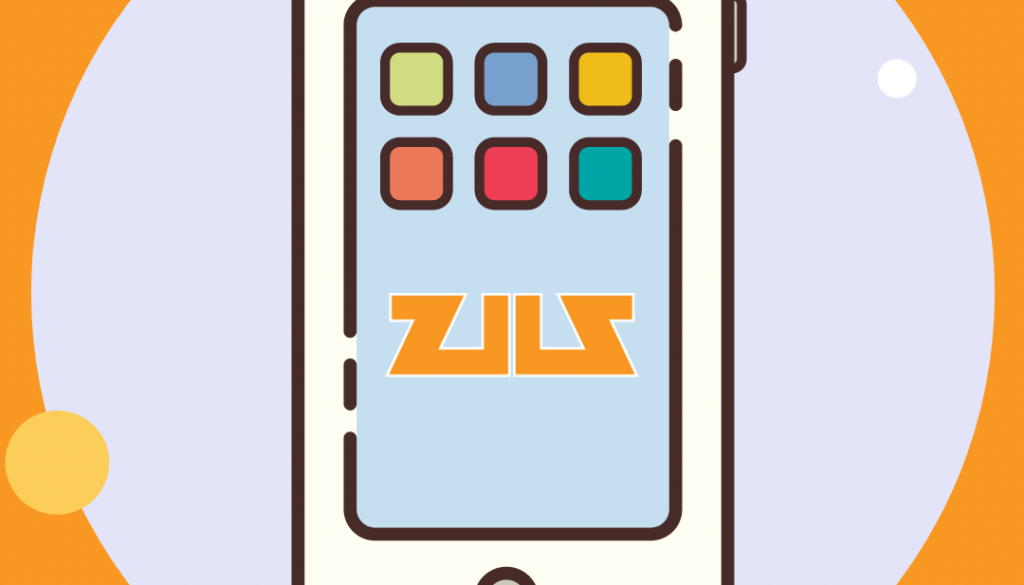Tips for Making Your Website Mobile-Friendly
Did you know that 70% of all internet traffic comes from a mobile device? We are living in the
‘era of the smartphone’ and that means businesses, both established and new, have had to
adapt their marketing strategies. This includes updating their website to be more mobile device
friendly. Why is this important? Because Google has now changed their ranking system to
include mobile device optimization. If your website doesn’t provide a mobile user friendly
experience, then there is a possibility that it will rank lower on search engines results pages
(SERPS). Here are a few tips we’ve compiled to help you.
Try the Mobile-First Method
While most people start by designing the desktop layout first, you might try starting with the
mobile version. Neither method is wrong, but this will make it easier to optimize for smaller
device screens. Instead of starting with the big screen first, take the most challenging task on
first, creating and optimizing a beautifully designed mobile website.
Converting Your Website
Let’s say that you already have a desktop website, but it’s not optimized for mobile use. There
are two ways you can go about converting your site:
Using an online site converter is the first way. A few of the most popular site converters include
bMobilized, Duda Mobile, and Cloud Converter.
The other way is with a CMS plugin. If you have a WordPress site, JetPack and WPtouch are
the best plugins to use.
Is Your Theme Responsive?
Avoid using a bulky slow-loading theme for your website. The quicker your website loads, the
better. Also, you want to use a theme that converts to mobile screens well, in order to prevent
inconsistencies between the desktop and mobile version. WordPress has a lot of great options
when it comes to premium themes that convert easily.
2 Seconds or Less
53% of website users will abandon a site if it takes longer than 3 seconds to load. Not only will
users abandon your website, it will also affect your ranking on Google. We touched on site
speed a little above, but let’s dive into a few tips to increase your website’s load speed:
● Compress images – Larger images can take longer to load, try resizing all of the images
on your website.
● Remove unnecessary widgets – Too many widgets on your site can junk it up, in turn
causing your load speed to decrease.
● Remove unused plugins – If you have too many plugins on your site, especially ones not
being used, try cleaning them up.
● Avoid Videos Directly on Site – Instead of hosting videos directly on your website, try
using an outside platform.
Your Website’s Appearance Matters
You generally have 15 seconds to capture users’ attention. Your first impression matters, aside
from loading fast it must also have a landing page that engages users. On mobile devices, try
using larger fonts and other elements such as buttons. Also, redesign popups, banners or other
design elements on your website to make them more mobile-friendly. The longer users stay on
your website, the more relevant Google sees the content, resulting in a higher rank on Google
search results.
Zellus Marketing provides website design and development services to the Huntsville
metropolitan area. Other services we provide include SEO, video marketing, social media
marketing and more.



